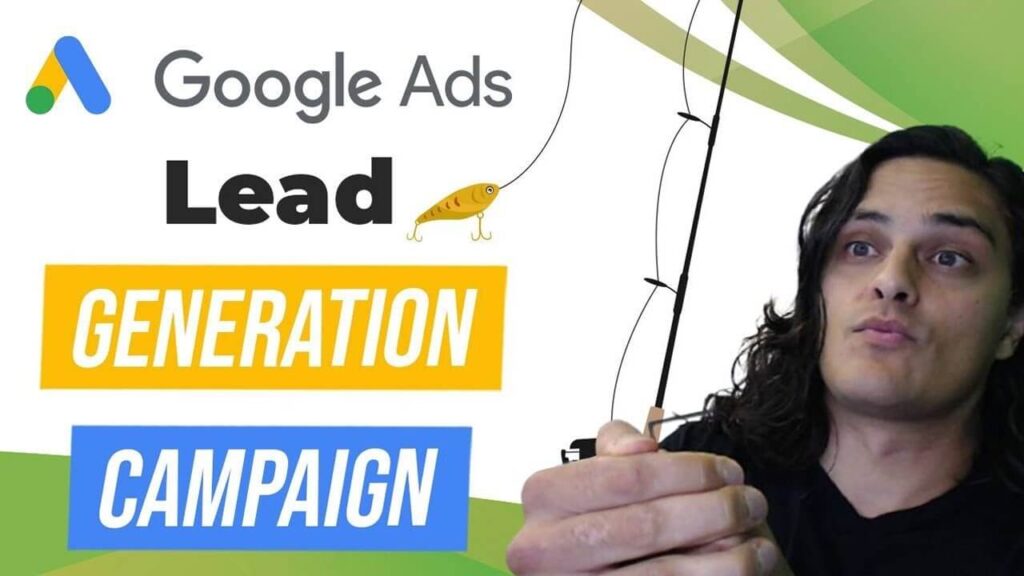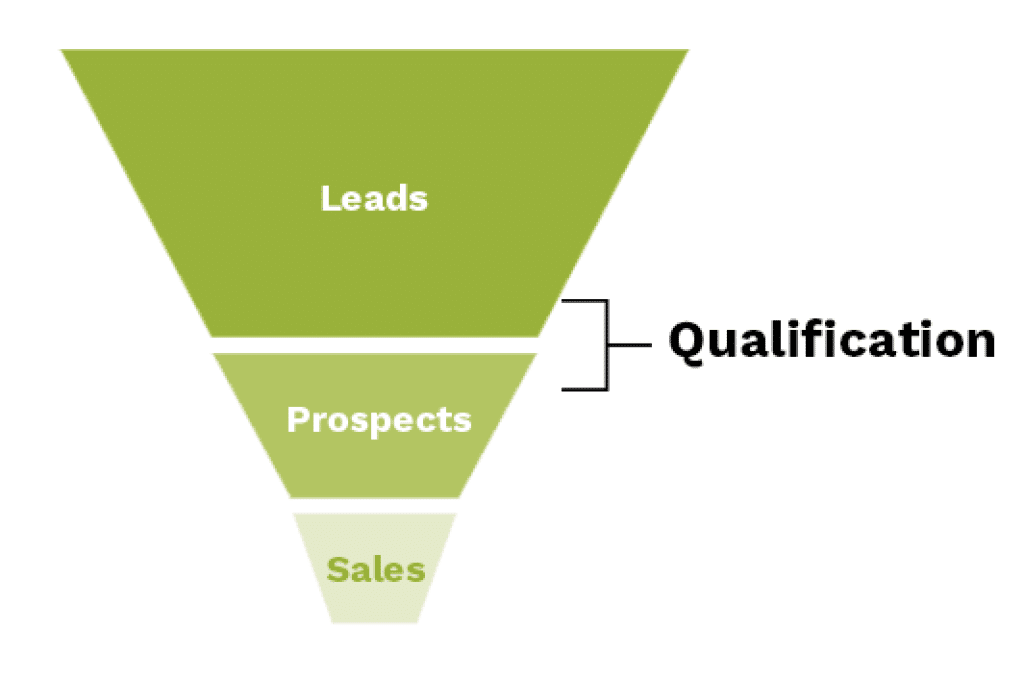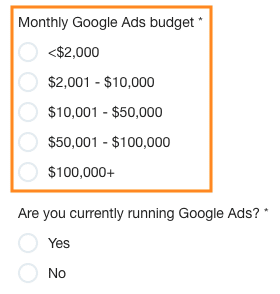Do you keep getting prospects that aren’t the right “fit”?
When it comes to lead generation, one of the biggest mistakes that people make is thinking that more leads equal more conversions.
They get excited with all the leads flowing in the pipeline…
Only to get disappointed when they realize that those leads aren’t even qualified–they can’t become customers.
Sound familiar?
If you keep getting bad leads, you’ll lose money faster than you earn.
And it will hurt your campaigns without you knowing.
So how do you prevent “bad” leads from draining all of your ad budget?
By qualifying your prospects from the get go.
In this post, we’ll talk about how to set up barriers to prevent you from wasting time and money on “bad” leads, and capture more prospects that will actually convert.

Not All Leads Are Created Equal
While those who fill out your forms are closer to the convert stage in the customer journey, there’s still no guarantee that they’ll convert.
Maybe they set up an appointment and your sales representative did his best to explain the benefits of your offer but they couldn’t afford it.
Or maybe they can afford it but they don’t see the real value of your offer.
This situation is common–they’re just not the right fit.
But if this keeps happening again and again, it’s going to slow you down. Sooner or later, it will become a bottleneck to your business’ growth.
That’s why it’s important to qualify your leads first.
What happens when you don’t qualify your prospects?

If you don’t qualify your leads right from the beginning, you’ll always get customers who ask for discounts or haggle for a better price.
No matter how good your offer is, they won’t see its value.
If you keep attracting and entertaining the wrong people, you’ll always need to be the one to adjust.
And nothing’s worse than changing your offer to please your prospects. It only gets you in a compromised position.
“In a compromise, one plus one equals one and a half at best.” – Stephen Covey, Author of “The 7 Habits of Highly Effective People”
You want every deal you make to be a win-win.
Your clients enjoy working with you because they see the value you’re giving. They’re happy to pay you the price that you ask (and maybe even more).
Instead of cancelling their subscription, they continue to work with you because they trust you – they’re getting more value than what you actually offered.
In a win-win scenario, one plus one equals eleven.
How does qualifying prospects help my Google Ads campaign?

We keep talking about how powerful Google’s algorithms are and how you can use them to get more of what you want.
For lead generation, every time someone submits a form, you count it as a lead conversion. Every time you get a conversion, you’re training Google to use that data and replicate success.
Google will then use that data and get you more of the same lead.
Here’s the thing.
If it’s a “bad” lead and they didn’t sign-up for your service, then it becomes a false positive. Google is a machine, it’s not capable (yet) of demonstrating judgment–it only does what you tell it to do.
This will result in losing money because you’re paying Google to give you more of the prospects that aren’t converting.
That’s why you should train Google to only count conversions that you feel are of good quality.
So how do you train Google to get you more prospects that will convert?
By filtering your leads effectively.
How to Create a Filtering Method That Qualifies Your Lead
Your filtering method largely depends on your business goals and your customer avatar. It’s important that you know who your ideal customers are (and aren’t) so you can create metrics that help you determine whether or not a lead is qualified.
If you haven’t defined your ideal customer avatar yet, download this free template from our Customer Avatar Workshop.
Here are some “qualifiers” that you can use to filter your leads:
Indicate a price point / budget
In our action plan form, we used to have a field where leads put their monthly ad budget. The problem is, there was no differentiator between ideal prospects and prospect mismatch. If the prospect isn’t spending less than $2,000 in Google Ads, they’re probably not the right fit – but Google counts that as a conversion.
To solve this problem, we created a range of ad budgets. This helped us determine whether the prospect is qualified or not.
Once the prospect selects $2,000, they are sent to a different “Thank you” page that provides them other options on how we can help them.
If the prospect selects the other options, they land on a different “Thank you” page. Google then knows who our ideal client is and will get us more of that.

Filtering via location
In some cases, you might even need to filter your prospects based on their country or location. Maybe you only provide services in a specific geographic area.
If you keep getting leads outside that area, then it just makes sense to prevent unqualified prospects from landing your sales calls by adding an option to select their location.
Number of participants / employees
You don’t necessarily have to filter by price. If you’re an HR company it could be the number of employees. If you’re a service that provides training, it could be the number of participants.
The solution is to have a certain amount of threshold that you can use to intentionally create boundaries between
Final Words
Setting up a filtering method might seem counter-intuitive. You may have less leads than before. Your cost of conversion per lead might go up.
But you’ll have better quality leads. And your closing rate will increase.
Remember, those unqualified leads won’t be there forever. Maybe they’re not ready for you now, but that doesn’t mean they won’t be in a couple of months or years.
So it’s important to segment those leads so you can nurture them and provide more value. It’s one of the best things you can do to increase your brand awareness and convert more prospects long-term.
Author
Bryan is the marketing manager at Solutions 8, and has been on digital marketing since 2018. When he’s not working, you’ll find him working out at a local gym, reading personal development books, or playing music at home. He feels weird writing about himself in third person.
 Bryan Caranto
Bryan Caranto










